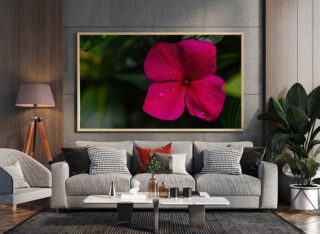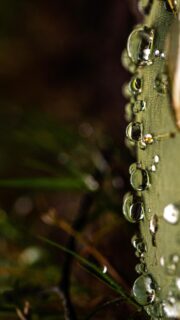The camera sensor is the key component of any digital camera. A camera sensor, also known as an image sensor, is a device within a digital camera that captures light and converts it into digital signals, which are then processed to create a digital image. It’s essentially the digital equivalent of film in analog cameras.
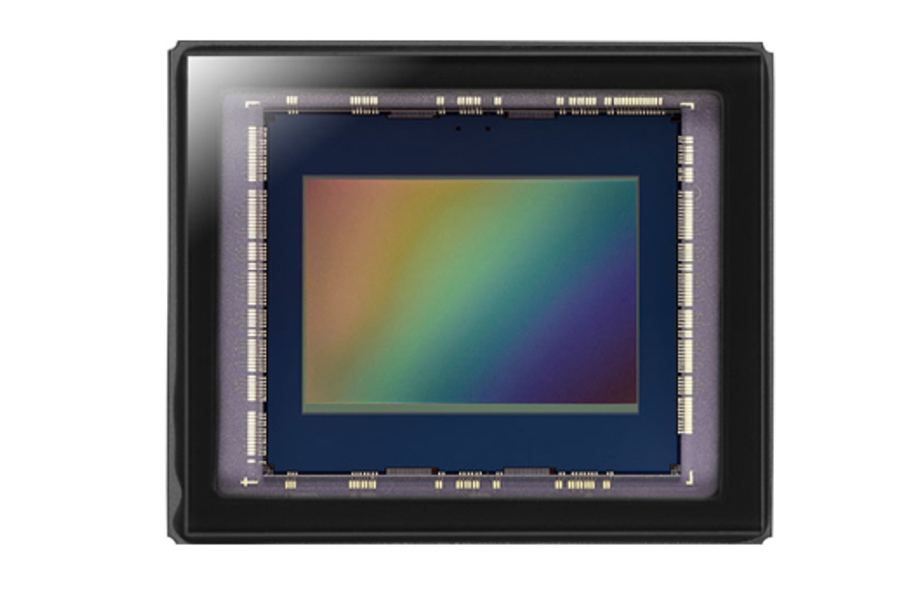
Camera Sensor Basics For Beginners In Photography
The camera sensor is composed of a grid of photosensitive elements called pixels, which react to light by generating electric signals proportional to the intensity of the light they receive. The camera’s image processor then processes these signals to produce the final image.
Look at the image below, which illustrates the camera sensor’s location within the camera body.
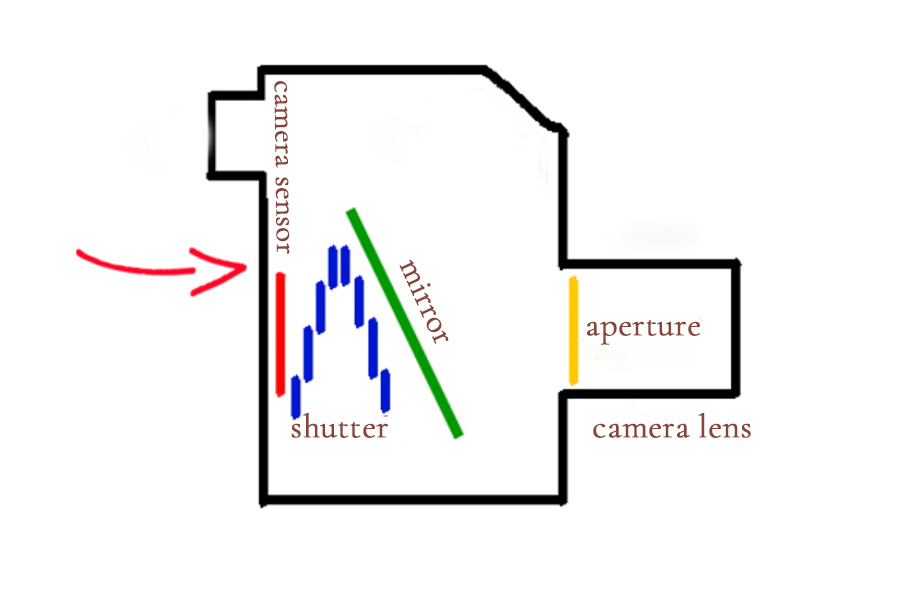
The camera sensor directly influences the quality of the final image. Combined with a professional-grade lens, it ensures an accurate and detailed representation of reality, capturing all the nuances and details of the scene.
Camera sensor characteristics:
- Sensor size
- Pixel count
- Sensitivity to light

Now, let’s explore each of these characteristics in more detail.
The size of the camera sensor, measured in millimeters and indicated by its length-to-width ratio, is very important. A larger camera sensor usually means better photo quality. This is because a bigger sensor can gather more light, which is closely tied to the ISO or photosensitivity setting. Even with high ISO values, photos taken with a professional camera equipped with a large sensor tend to have minimal noise. Conversely, photos taken with a camera having a smaller sensor may experience more noticeable noise issues.
In the image below, you’ll find a breakdown of the most commonly used sensor sizes compared to their diagonals.
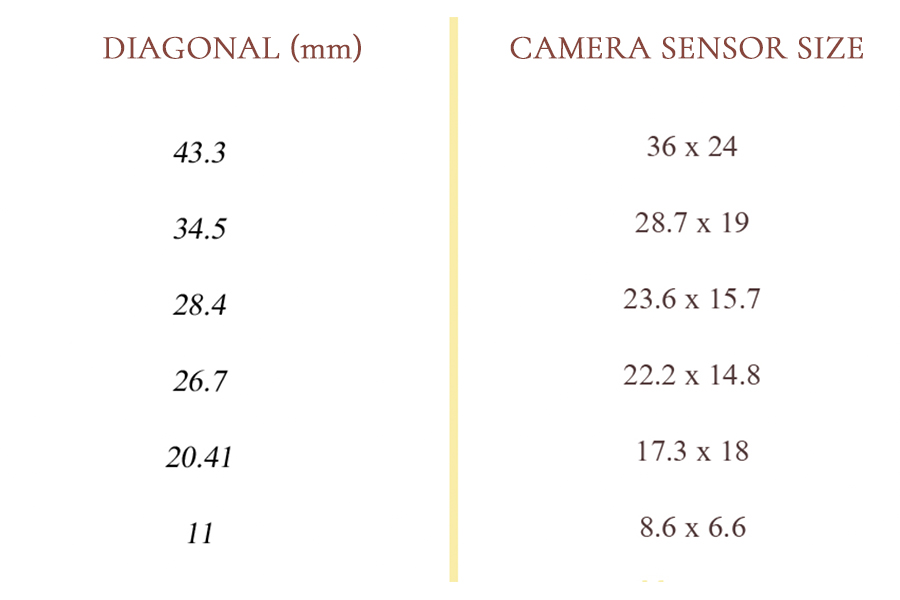
The number of pixels in the camera sensor impacts the size and quality of the image. Professional SLR cameras typically have sensors with a high megapixel count, which means you can print large photographs, banners, or posters while maintaining excellent color and detail quality.
There are several types of camera sensors based on the technology they use, and the most common ones include:
- CCD (Charge-Coupled Device): This type of sensor is manufactured by almost all camera brands like Nikon, Canon, Sony, etc. It offers high sensitivity and low noise levels, greatly improving photo quality. However, one downside is that CCD sensors tend to consume more power.
- CMOS (Complementary Metal Oxide Semiconductor): This type of sensor, also known as KMPO, is widely used due to its low power consumption and high performance. Nowadays, it’s the most commonly found sensor in cameras.
Professional cameras from Nikon, like the D5 (21.33 MP) and D810a (37.09 MP), feature a CMOS sensor measuring 35.9 x 24.0 mm. On the other hand, compact models such as the Nikon Coolpix L340 and L2750 come with a CCD sensor.
Professional cameras from Canon, such as the EOS-1D X Mark II (21.5 MP) and EOS 5DS R (50.6 MP), utilize a CMOS sensor. Even Canon’s compact models, like the PowerShot SX720 HS and SX620 HS, use CMOS technology.
Stay inspired,
Elena Sullivan
Sharing is caring
Elena
Hi, there! I'm Elena Sullivan! The founder of the ArsVie photo studio, trilingual photographer, online educator, woman in business cheerleader. Capturing life's moments with authenticity and elegance to inspire others. Passionate about helping businesses convey their message through compelling imagery.



